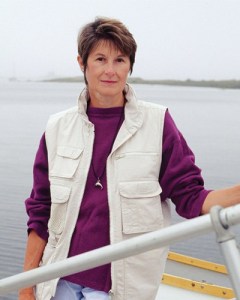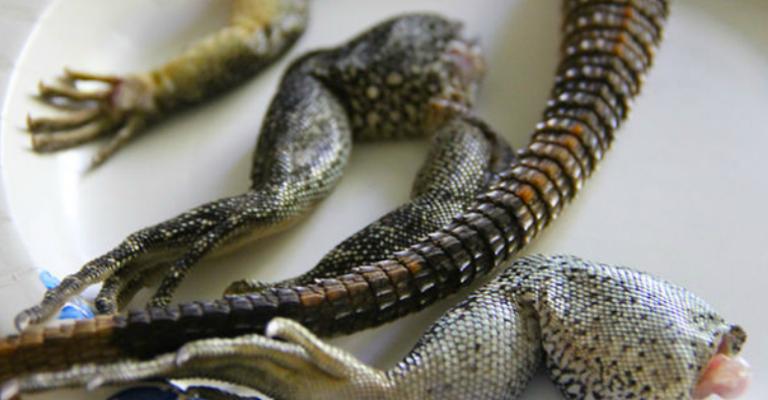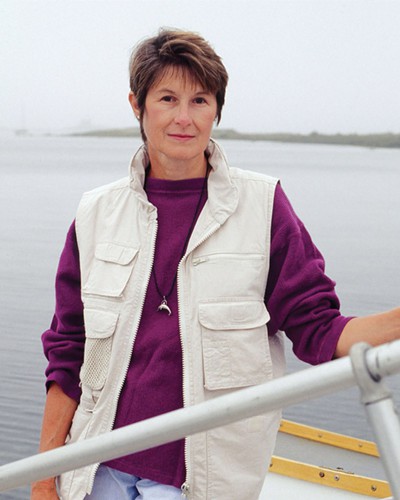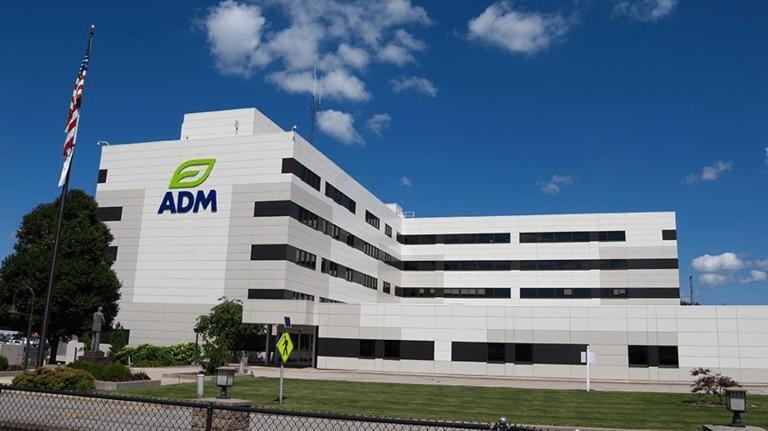 Cross-posted from Urbanite.
Cross-posted from Urbanite.
In 1983, with the encouragement and support of iconic landscape photographer Ansel Adams, Susan Shaw wrote Overexposure, a research book on the dangers of photographic chemicals. With an M.F.A. from Columbia University already in hand, she completed a Ph.D. in Environmental Health Sciences from Columbia’s School of Public Health. She was among the first researchers to document and study the presence of perfluorinated chemicals, flame retardants, and cancer-causing chemicals — many found in consumer products — in the tissue of harbor seals and marine fishes.
Shaw is the founder and director of the Marine Environmental Research Institute in Blue Hill, Maine, and a professor of Environmental Health Sciences at the State University of New York in Albany. A well-known figure in the fight against ocean pollution, she has provided commentary in several documentary films on the Gulf of Mexico oil disaster, including Animal Planet’s Black Tide: Voices of the Gulf and Green Planet’s The Big Fix, which was an official selection documentary at the 2011 Cannes Film Festival.
Last year, the Society of Women Geographers named Shaw its Gold Medal Award recipient, the organization’s highest honor, first given to Amelia Earhart in 1933.
Q. Ansel Adams approached you when you were a photographer/filmmaker and in graduate school about a research project around the dangers of photographic chemicals, correct?
A. I called Kodak in Rochester — it was like going into the castle — I told them I was doing a student project. I was able to talk to a toxicologist, and he opened up his file drawer and taught me a lot about the chemical ingredients, which they were not releasing at the time, especially the color chemicals, so I got access to the formulas and I was able to figure out what the real hazards were. When they actually figured out that I was writing this book, they never really let me in there again. But I did get information that companies are allowed to keep as trade secrets. That’s one of the problems we have today with toxic chemicals and with companies controlling our exposure to them.
Q. Can you describe the potential problems around chemicals and processes listed as trade secrets?
A. Trade secrets are one loophole that companies use to produce chemicals and market them without telling the public even what is in the formulation, let alone telling them what the hazards are. And that’s the way our federal law regulates toxic chemicals — it’s the Toxic Substance Control Act of 1976. This has just been an ongoing battle for decades. There are 80,000 chemicals or more in use and only a small fraction of those, maybe 20 percent, are even put on a list for testing.
Q. Some of your recent work has been around the chemicals that were used to break up the oil spilled in the Gulf of Mexico. What can you tell us about that?
A. We allowed BP to use 2 million gallons of chemical dispersants on the oil spill, which was unprecedented. To inject that much dispersant — or any amount of dispersant in water that deep, a mile deep, at the wellhead, had never been done before … making that a chemical experiment.
Q. You actually dove into an oil slick with a wetsuit and snorkel.
A. It was frightening. I didn’t know what to expect going down. In the water I started to see the break up of the oil and then I started to see a lot of dead animals in the water. It was rather horrifying.
Q. You’ve done a lot of work around harbor seals and toxic chemicals found in their tissue. Why do you point to seals as a “sentinel,” an indicator of what’s happening to the marine ecosystem?
A. Why are they sentinels? Because seals are at the top of the food web, like we are; they are eating fish like we do, so they are exposed in a similar way through food. They are bio-accumulating persistent compounds, organic chemicals like PCBs and DDT, and now flame retardants. The animals at the top [of the food web] are getting the highest dose because at each level of the food web the chemicals are building up in tissue, and then the next up — like from a fish to a seal — the levels jump up a thousand fold.
Q. The New England coast last year saw a significant harbor seal die-off. How often do events like this occur?
A. There have been hundreds of huge die-offs among seals and dolphins since the 1980s. There has been a die-off of dolphins, more than 600, in the Gulf of Mexico after the oil spill. Half of them were newborn or stillborn, meaning that something was impairing the reproductive ability of the mother dolphin. And that die-off is still going on. They [the dolphins] are so polluted that they are considered hazardous waste when they come up on beaches — that’s an EPA designation based on levels just of PCBs alone in the tissue.
These are what are referred to as “signal” wildlife events. If you think about it, this is what Rachel Carson was talking about with DDT. The birds were just literally falling out of the sky, and why? It’s not that we were spraying the birds; we were spraying their foods, the lawns, and on the land.
Q. After the Gulf spill, however, things don’t seem to have changed much, in terms of drilling and oil exploration.
A. I was hoping the Gulf oil spill would be a huge wake-up call, but actually we are going deeper into offshore drilling and waiting for the next one to happen.



